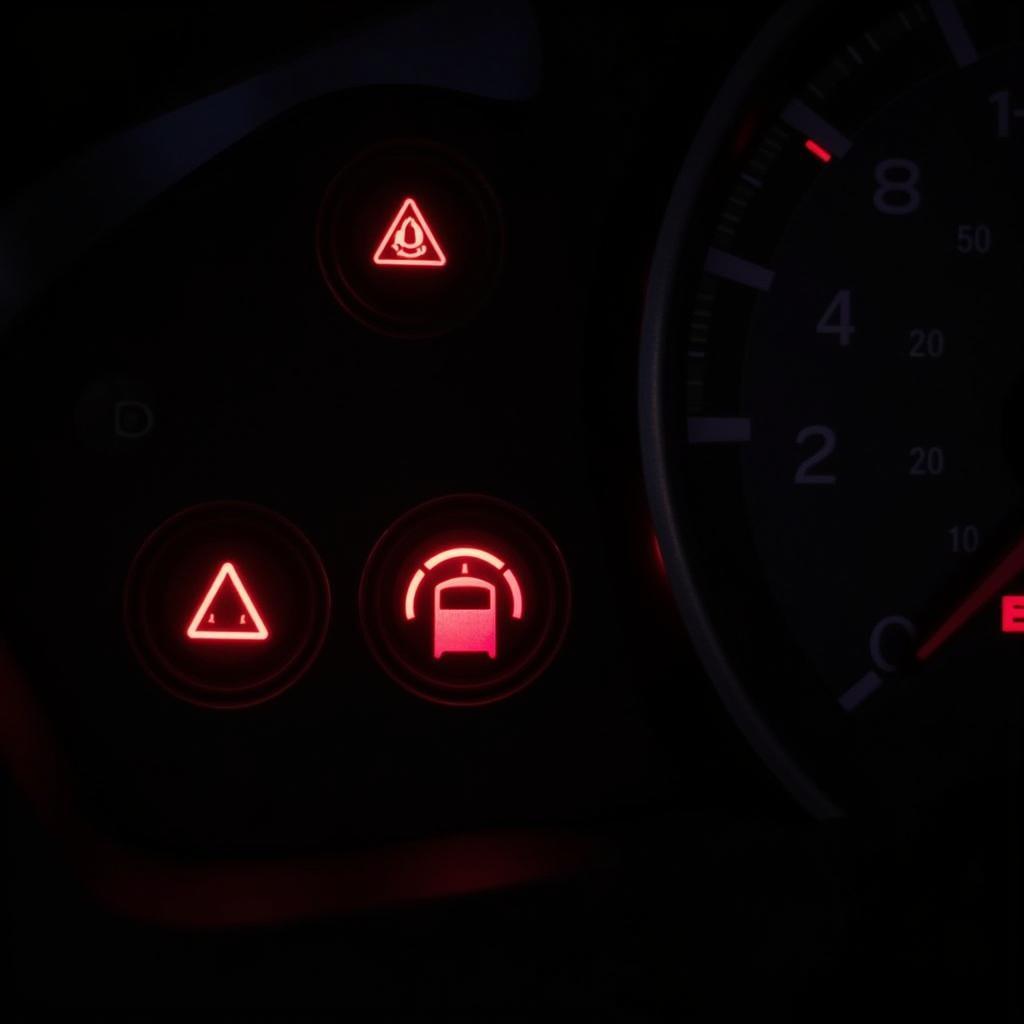“Fixing Cars Via Revving” is a phrase that might raise eyebrows among seasoned mechanics and car enthusiasts alike. While the powerful sound of a revving engine might seem like a quick fix, it’s crucial to understand the potential benefits and drawbacks of this approach. This article delves into the mechanics of revving your engine, explores common car problems, and clarifies when it’s appropriate to use this technique (and, more importantly, when it’s not).
The Mechanics of Revving
Revving your car engine essentially means increasing the engine speed (RPM) while the vehicle is stationary. This action increases fuel and air intake, leading to faster piston movement and ultimately, a surge in power.
When Revving Might Help
There are a few specific scenarios where a quick rev might temporarily alleviate minor issues:
- Clearing Out Carbon Buildup: Occasional high-RPM bursts can help burn off minor carbon deposits that accumulate over time, especially in older vehicles.
- Warming Up the Engine (in very cold weather): A gentle revving in extremely cold conditions can help circulate oil and warm the engine faster.
Important Note: Even in these situations, revving should be done cautiously and for brief periods. Excessive or prolonged high RPM while idling can cause significant damage to engine components.
When Revving is NEVER the Answer
It’s critical to understand that revving is NOT a solution for most car problems. In fact, it can exacerbate existing issues and even lead to costly repairs. Here are some instances where revving will do more harm than good:
- Check Engine Light On: A flashing check engine light signals a serious issue requiring immediate attention. Revving the engine will not solve the problem and might worsen it.
- Strange Noises: Unusual noises like knocking, grinding, or squealing indicate a mechanical problem that needs to be diagnosed by a professional.
- Starting Problems: Continuously revving a car struggling to start can put immense stress on the starter, battery, and other vital components.
- Transmission Issues: Problems with gear shifting, slipping, or rough transitions should never be addressed by revving the engine.
 Dashboard Warning Lights
Dashboard Warning Lights
Expert Insight: “Many car owners believe that a good rev can magically fix their car troubles,” says John Miller, a certified mechanic with over 20 years of experience. “In reality, it often masks the underlying issue and delays necessary repairs, leading to more serious problems down the line.”
Troubleshooting Common Car Issues
Instead of resorting to revving as a cure-all, it’s essential to adopt a systematic approach to diagnose and address car problems:
-
Consult Your Owner’s Manual: Your car manual is a treasure trove of information specific to your vehicle’s make and model.
-
Check for Obvious Signs: Look for loose connections, leaks, or anything out of the ordinary under the hood.
-
Use a Diagnostic Tool: An OBD-II scanner can provide valuable insights into error codes and potential issues.
-
Seek Professional Help: If the problem persists or seems complex, it’s always best to consult a qualified mechanic for accurate diagnosis and repair.
Revving: A Summary
While the allure of a roaring engine is undeniable, it’s vital to remember that “fixing cars via revving” is largely a myth. Revving your engine should be done sparingly, if at all, and only in specific situations. When facing car troubles, a proactive approach that involves diagnostics, understanding your vehicle, and seeking expert help when needed is always the safest and most effective route to getting back on the road.
Need expert advice or assistance with your car troubles? Contact AutoTipPro at +1 (641) 206-8880 or visit our office at 500 N St Mary’s St, San Antonio, TX 78205, United States. Our team of certified mechanics is here to provide you with reliable and efficient car care solutions.






Leave a Reply